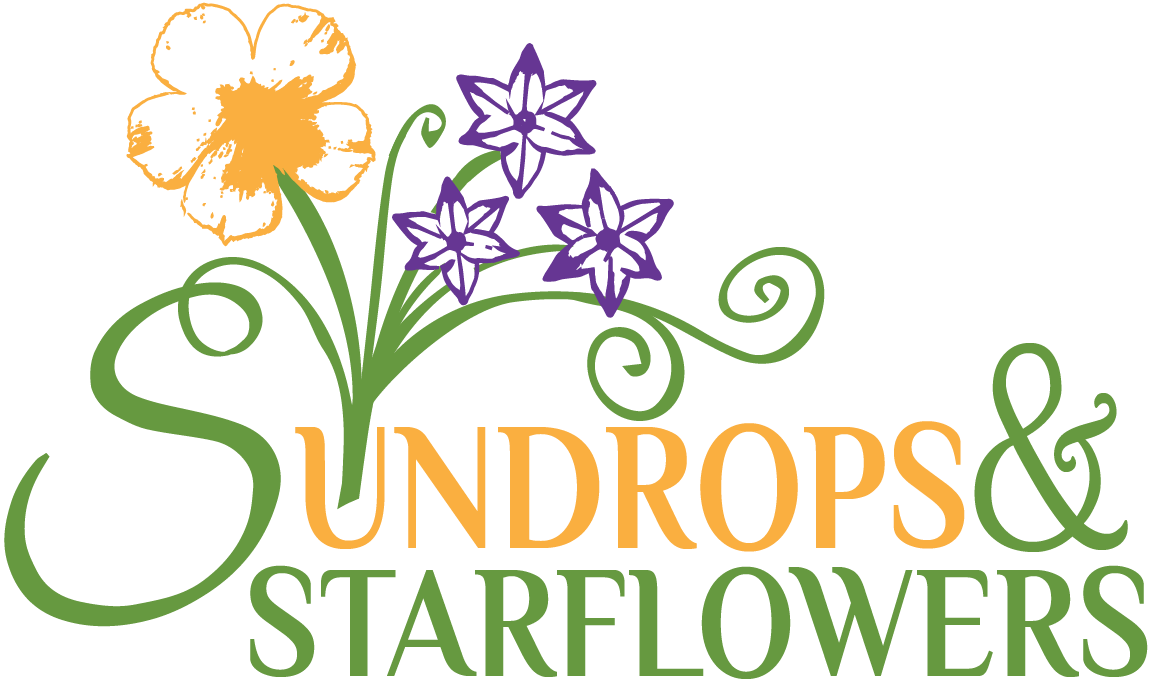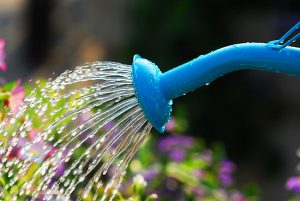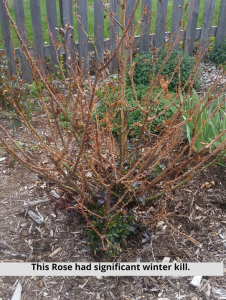Your garden is only as good as your soil. We spend an inordinate amount of time working on the soil, the part of the landscape you really don’t even see. If your plants are struggling, there’s a good chance it is a problem with the soil.
Take a closer look at your soil with this check list of observation points.
1. Soil cover. Are there plants, even weeds, covering the soil or is it completely bare? While weeds are more adept at our growing conditions, healthy weeds indicate some amount of healthy soil.
2. Soil color. Although this takes some experience to evaluate; in general, a darker color soil is rich with organic matter. A lighter or more red color may indicate either a lean soil or an abundance of iron oxide – which is not a plant-available source of iron. A grayish color indicates poor drainage or waterlogged soil.
3. Soil structure. In Northern Colorado, our soils are typically a heavy clay. This is easily observed when you spade up a bit of soil and it clumps on the shovel. If you’ve been working to amend your garden soil and wonder if you’re making progress changing the structure, here is a good write-up to further examine your soil texture by hand. Due to the small particle size of heavy clay, changing the structure is difficult and can take years to significantly alter.

4. Biological activity. The easiest to see are earthworms, but you may also notice earwigs, millipedes, centipedes, and ants. What you can’t see are all the soil bacteria, fungi, protozoa, and other microorganisms that are also contributing to soil health. If you don’t find any earthworms or insects, your soil isn’t heathy. It may be compacted, waterlogged, or overly dry.
5. Soil smell. Did you know the fresh scent of rain is actually soil bacteria all coming to the surface? The scent of healthy soil is an earthy smell similar to the scent of rain. Soil absent of oxygen can have a rotten egg or sulfur smell – this is anaerobic bacteria activity. Incompletely decomposed organic matter can also smell unpleasant.
Even without doing a soil test, I always recommend amending the soil with a well-aged compost and/or gravel when you plant. Young plants need this extra help to establish healthy roots. Most soil problems can be addressed with amendments worked into the soil.
If you’d like to get more information about your soil’s health, CSU Extension offers an in-depth soil test and offers advice for improving the soil as part of the results.



